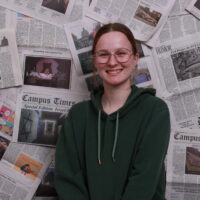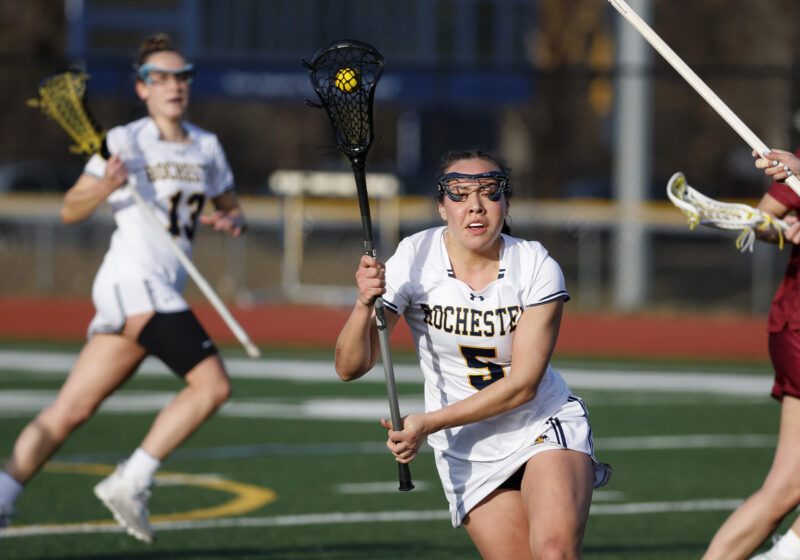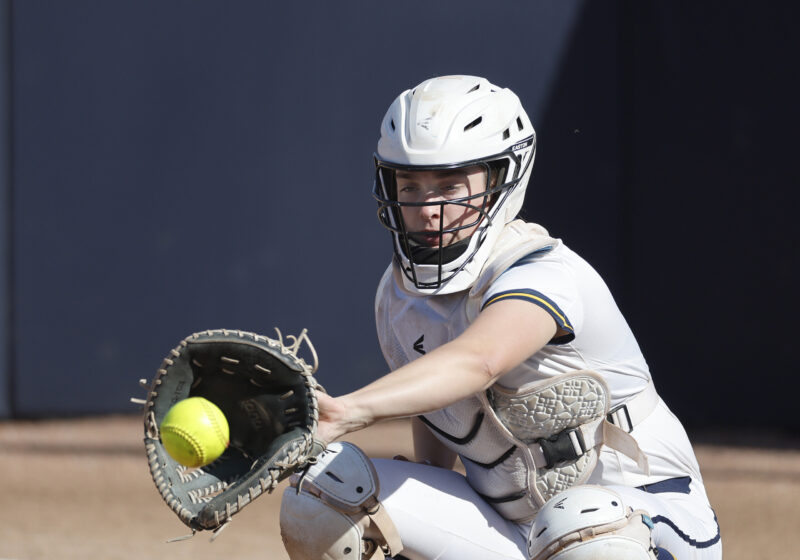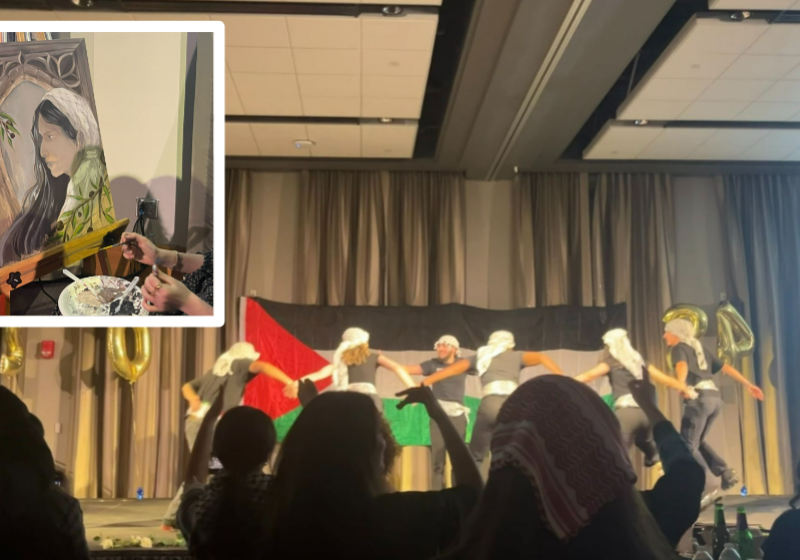If you’re a scientist looking for how much a duck-billed platypus cost to buy in 1890 or just a student interested in seeing rare taxidermy, then the Ward Project is a great place to start.
The Ward Project is a collection of artifacts and documents associated with Henry Ward and his Natural Science Establishment from the 1800s and 1900s. With around 24 linear feet of letters spanning topics such as family affairs, financial affairs, inquiries about specimens, and a large amount of artifacts — there is a lot of information to sort through.
The Ward Project started in 2013, when Dr. Robert Minckley joined the University’s Biology Department and was promptly shown a closet filled to the brim with specimens. Minckley remembered being shocked at all the interesting and old artifacts that were so stuffed together that some specimens were even interlocked.
“There was a lot of pretty amazing stuff in there,” he said. “The more I looked at it, the more I realized, ‘Wow! There are actually some weird, kind of rare stuff in here’ — like who has a gorilla skeleton?”
Those specimens lacked the labels that someone would see in a natural science museum, vital information identifying where and when a specimen was collected and what the specimen even is.
Needing that information, Dr. Minckley called River Campus Libraries in hopes of getting answers, and Melissa Mead, University archives and Rochester special collections librarian picked up the phone.
“I said, ‘Do you guys have information on these specimens in biology?’ and she had thought everything had gotten thrown away, and didn’t realize anything was left,” he recounted fondly. “She shot over here within minutes, and that was the start.”
The Ward Project is a mix of natural science artifacts and historical documents. “It’s this wonderful collaboration because he understands the science, he’s got the specimens, and we have the letters here,” Mead said.
From the beginning the Ward Project has entailed the constant organization and filing of letters and specimens. The specimens were in rough shape, but still salvageable. “We got everything out of the room and behind glass cabinets so nobody could break it. Everything isn’t out for everyone to see, but it is protected.” Dr. Minckley said.
The question was what to do with all of the taxidermy and letters and how to organize them. Then came the idea to create a website that would contain all of the information. “We decided what we should do is make it like a virtual museum,” Minckley said. “We could use our stuff as like the core of a virtual museum, and then we would hopefully get other collections to deposit their items. We make this growing, gigantic museum that keeps morphing into this larger thing.”
The Ward Project has been going on for over 10 years, and many faculty and students have taken part in it. Each person contributes in different, sometimes evolving ways.
Brenna Rybak, the business administration manager for the Biology Department, got involved when Dr. Minckley first started to clean out the collection. “I first heard about it when Bob Minckley hired a glassblower to help refurbish the specimen jars,” she said.
Rybak first helped administratively, hiring and paying the people who were cleaning the specimens and glass jars, and publicizing and promoting the collection. Over time her role evolved.
“I help coordinate donations and finances, and now I primarily talk up the collection to the Advancement team, alumni, and any visitors who show interest,” she explained. “Everyone involved in the project is a jack-of-all-trades, and we all help creatively or administratively however we can.”
Ellis Siepel and Jay Kinde, both juniors majoring in History, are two current student employees. Kinde started working in the fall of 2022 after stumbling on the project and reaching out to Minckley.
“He pitched this weird job that’s working not only with the taxidermy in Hutchison but also Rare Books, and scanning documents, and once you got thorough scanning then there would be some research, and finding the lesser known scientists,” Kinde explained.
Kinde and Siepel help with the digitization of the documents in the Department of Rare Books, Special Collections, and Preservation. “There’s like 3 phases, where we scan the material to get it digitized, then we crop so it’s ready to get on the website, and the last thing is a metadata entry for the items,” Siepel explained.
A lot of work is put into having the documents digitized and added to the website, then there is the next step of transcribing the letters. “It’s this kind of metadata we are adding. Who wrote it, who it was written to, what was the date, and we also have the ability for anybody, anywhere to do transcriptions right on the website,” Mead said.
There are two unexpected helpers with this transcription process.
“Remarkably, we have these two women who are in a retirement home and they love doing this, and can read cursive. They just sit there and transcribe letters and they love it,” Minckley said.
The Ward Project provides a multitude of different types of information that can be used in a multitude of ways. “An end goal is to have people from all over the world able to do studies on anything from biology to history to geology,” Kinde said.
Henry Ward was an interesting man who collected diverse specimens and was in contact with all kinds of intriguing and sometimes famous people. This is well-reflected in the collection — from his mountain gorilla skeleton to his beautiful minerals or his correspondences with PT Barnum.
The Ward Project is ever-growing and continuously working towards creating a resource that can be used worldwide. You can find the artifacts in Hutchison Hall and the documents on their website.



